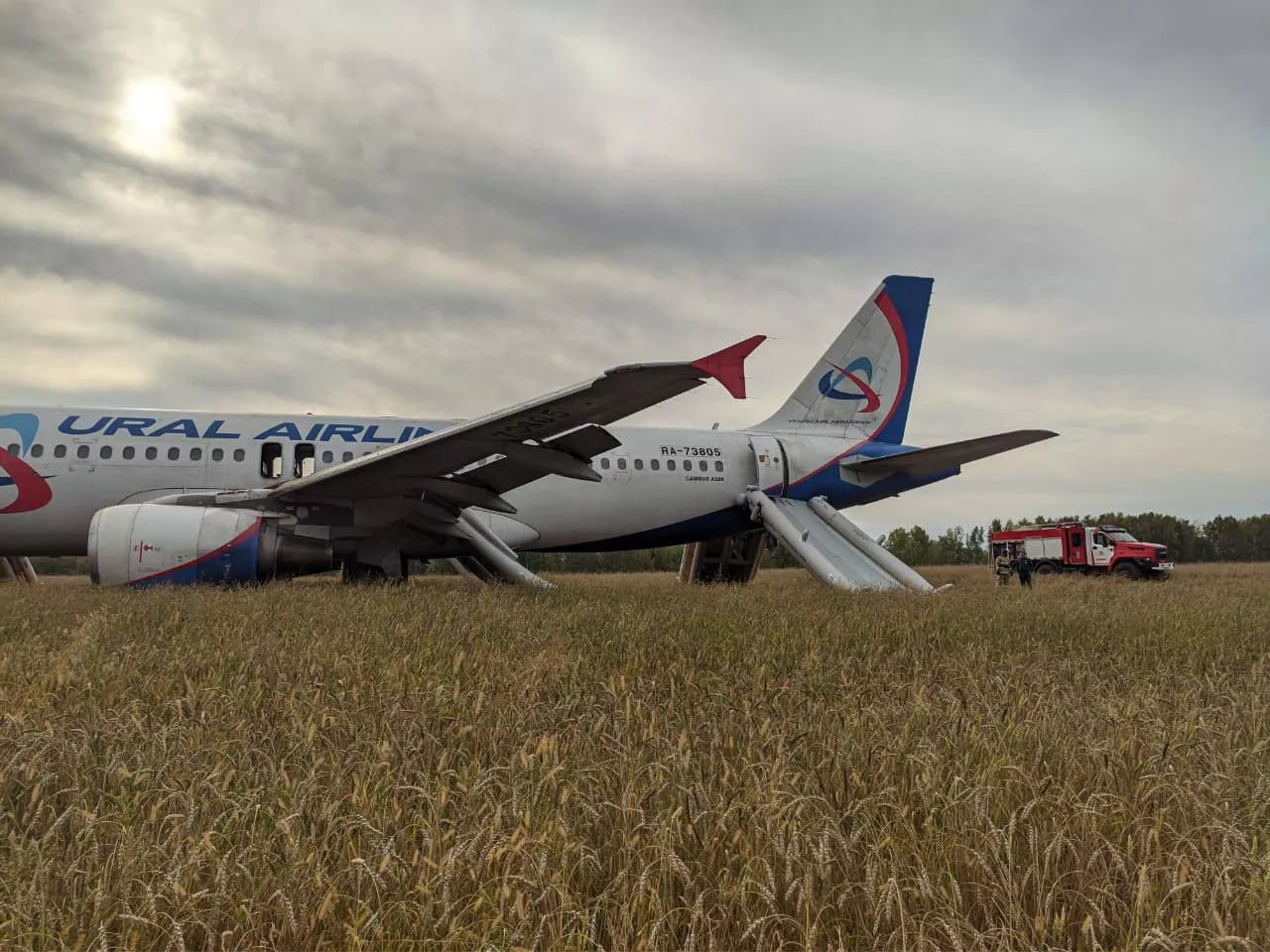
On the morning of September 12, an Airbus A320 passenger plane flying from Sochi to Omsk made an emergency landing in a field near Novosibirsk. The probable cause of the incident is a failure of the hydraulic system. Earlier, Airbus refused to cooperate with Russian airlines, which created difficulties in aircraft maintenance.
According to the Russian Emergency Situations Ministry, there were 167 passengers on board, including 23 children and 6 crew members. According to the TASS propaganda agency, the fuselage of the plane was not seriously damaged, and all passengers evacuated themselves using the ladders.
The governor of the Omsk region said that the reason for the emergency landing was a failure of the hydraulic system and that no passengers were allegedly injured in the incident. At the same time, the Russian Emergencies Ministry reported that many passengers are being examined by doctors to determine their condition.
According to the 112 Telegram channel, one of the plane’s engines also caught fire during the flight.
TASS reports that a passenger plane flying from Sochi to Omsk initially failed to land at the destination airport, sounded an alarm and disappeared from radar. In this regard, the plane was sent to an alternate airfield in Novosibirsk for technical reasons. But even there, the plane did not reach and made an emergency landing in a field near Novosibirsk.
What is the impact of Western sanctions?
Russian airlines continue to operate 467 Airbus and Boeing aircraft, despite sanctions and a shortage of spare parts. However, leasing companies have stopped providing spare parts, maintenance and technical support to airlines in Russia. Airbus announced the termination of contacts with Russian airlines and emphasized the difficulties in maintaining aircraft flights, as it is difficult for Russians to replace missing components.
Thus, Russian air carriers have difficulty maintaining and servicing their aircraft, but are trying to find solutions by purchasing spare parts from “friendly” countries and moving components between aircraft.

